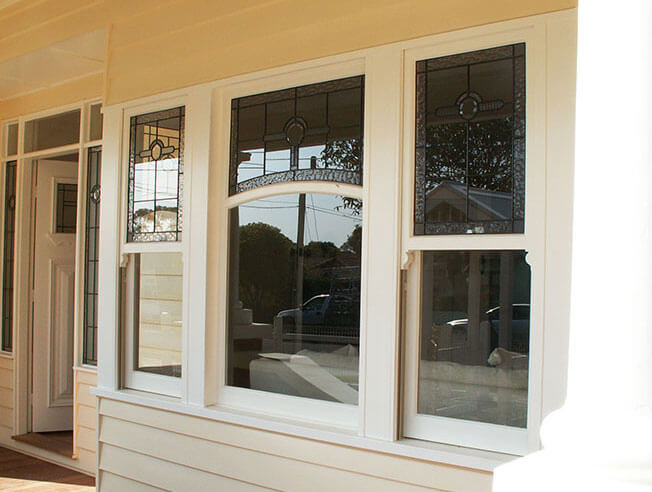All Categories
Featured
Table of Contents
Faq in Piesse Brook WA
That window can send more solar heat in winter season than in summer season. A west-facing window on a summer's afternoon has an angle of occurrence from near 0 as much as 30 with a large reliable location of solar radiation. A north-facing window, in summer, has a high angle of incidence and a low efficient location of solar radiation, so can send less heat than a west-facing one.

You can rapidly and easily improve the thermal efficiency of your home by changing your windows. There are thousands of types of glass and frames to choose from.
Insulated Glass Unit – Igu in Wanneroo WA
Single glazing with clear glass is not extremely effective when it comes to heat loss or gain. To improve performance, you can use single glazing with a more energy-efficient type of glass such as low emissivity (low-e) glass.
The energy efficiency of IGUs also depends on: the properties of each layer of glass. Different glass types (for example, clear and low-e glass) can be put together in an IGU.
The Science Behind Double Glazed Windows in Waterford Western Australia

IGU cavities can be filled with air or a more inert, low-conductivity gas such as argon the width of the cavity. Cavity thickness is normally 6 to 18mm. Larger cavities provide lower (much better) U worths, with 12mm normally accepted as the preferred gap how well the cavity is sealed. Cavities need to be dry and well sealed to avoid moisture getting in.
If argon is set up to the cavity in location of air, moisture is dependably left out the level of desiccant (drying agent). The spacer (metal or polymer strip) that separates the glass layers contains a desiccant to absorb any wetness. Inadequate desiccant may trigger moisture to condense on the glass surface in cold conditions, lowering thermal performance.
Double Glazed Windows Sydney in Western Australia
IGUs can deliver much better energy performance for all environments, specifically in heated and air-conditioned houses. Cross-section information of single, double and triple-glazing systems Low emissivity glass (typically referred to as low-e glass) reduces heat transfer. Low-e glass may be either high or low transmission: High transmission low-e glass has a finish that allows daytime from the sun to pass into your home to attain good solar heat gain, but decreases the quantity of the long wavelength infrared heat that can get away back through the window.
Low-e glass has either a pyrolytic finish or a vacuum-deposited thin film metal finish. Pyrolytic coverings are durable and can be used for any glazing; vacuum-deposited coverings are soft and are only utilized within IGUs. Low-e finishes can considerably enhance both U value and SHGC; nevertheless, they must be utilized properly or they will either degrade or fail to perform as required.
Single, Double Or Secondary Glazing, Which Is The Best ... in Edgewater Western Australia
Low-e finishings can be used in combination with clear, toned or reflective glass. Low-e finishings on glazing can reduce heat transfer where needed Image: Department of Industry, Science, Energy and Resources Toned glass has colouring additives consisted of throughout manufacture. It is available in various colours, generally bronze, grey, blue and green.
Table of Contents
Latest Posts
Energy Efficient Windows At Everest in Lakes Perth
Single Vs Double Vs Triple - Which Window Is Right For Your ... in South Fremantle Western Australia
How Are Double Glazed Windows More Energy Efficient? in Safety Bay Western Australia
More
Latest Posts
Energy Efficient Windows At Everest in Lakes Perth
Single Vs Double Vs Triple - Which Window Is Right For Your ... in South Fremantle Western Australia
How Are Double Glazed Windows More Energy Efficient? in Safety Bay Western Australia